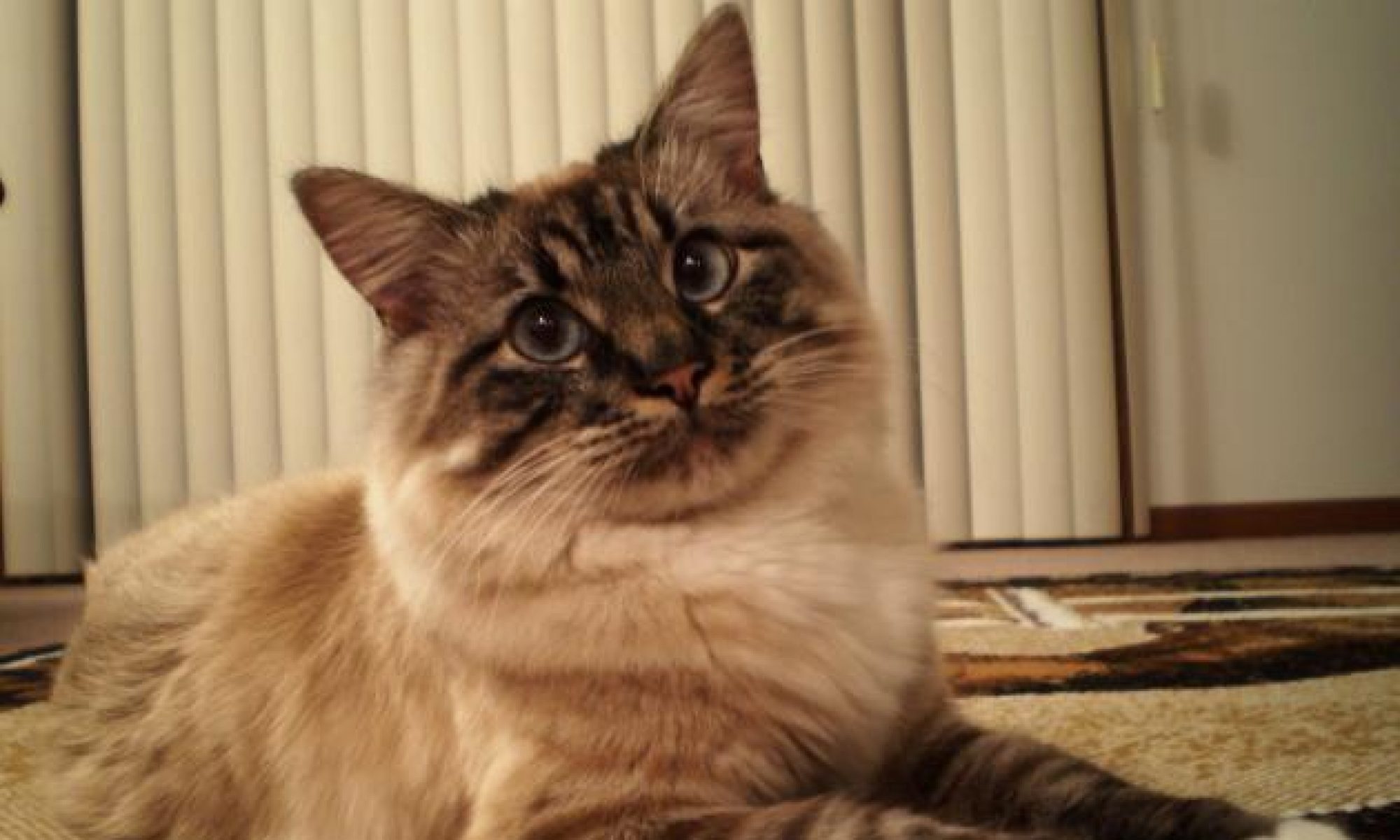Providing hay for your companion rabbit is vital for the overall health of the animal. Rabbits are herbivores and rely on consumption of large quantities of low-quality fibrous plant material to meet their nutrient needs. The gastrointestinal tract of the rabbit and many other small herbivores is specially designed to ferment large quantities of fiber in the cecum or large intestine. Dried plant material or hay is the best way to offer this fiber to a companion rabbit. Providing unlimited …
Rabbit Breeding

Rabbit breeding is a serious activity that must be carefully considered before beginning. Breeding rabbits takes a lot of time, money, and responsibility. Before starting a rabbit breeding program, owners must first consider the following:
- Rabbit population: Breeding rabbits for fun can easily lead to the problem of pet overpopulation. Each year thousands of rabbits are destroyed in animal shelters because of a lack of responsible owners. Before breeding a rabbit, you must consider where the kits will be placed
Rabbit Behavioral Problems: Inappropriate Urination
Introduction
Marking objects or urine spraying is a normal territorial instinct that many domestic and wild rabbits display. Unfortunately, pet rabbits that spray urine create a problem for their owners. Those who own rabbits that spray are constantly faced with how inconvenient and costly this behavior can become. There are a few tips to help prevent this behavior, but the most efficient method is to have your rabbit surgically altered.
It is important to distinguish between urine spraying and …
Rabbit Behavioral Problems: Digging
Introduction
A rabbit habit that can quickly become a problem is digging. Rabbits that are kept indoors still have the instinct to dig, even if that means tearing up the carpet. Owners can take a few simple steps to prevent rabbits from damaging the flooring of a home.
Predisposing Factors
In the wild, rabbits create dens by excavating dirt and rocks. This behavior is based on the fact that rabbits are trying to provide shelter for themselves. Domestic rabbits still …
Rabbit Behavioral Problems: Chewing
Introduction
Like wild rabbits, domestic rabbits have the tendency to chew on objects. Rabbits that are kept indoors will chew on anything from carpet to wooden table legs. Owners must take care to rabbit-proof their home to prevent a rabbit’s normal behavior from becoming a major problem.
Predisposing Factors
Chewing is a natural rabbit behavior. In the wild, rabbits regularly chew on different plant materials that range from abrasive to soft. Rabbits’ teeth grow continuously throughout their lives and must …
Rabbit Behavioral Problems: Barbering
Introduction
Grooming is a normal aspect of rabbit behavior, but occasionally rabbits may develop unwanted grooming habits. Barbering is a form of grooming in which a rabbit repeatedly plucks the hair off itself or another rabbit. Barbering may be caused by several factors, ranging from dominance issues to nutritional deficiencies. Barbering can escalate to the point where rabbits that are housed together may need to be separated.
Predisposing Factors
Barbering can be caused by a variety of factors:
- Pregnant females
Respiratory Diseases in Rabbits
Introduction
A rabbit can contract a number of respiratory diseases. Respiratory infections in rabbits are commonly referred to as “snuffles.” Snuffles is characterized by runny eyes, runny nose, and sneezing. Many types of bacteria can cause a respiratory disease in your rabbit. The two most common respiratory infections include bordetellosis and pasteurellosis. Both infections have relatively similar symptoms and causes. The best way to determine which infection your rabbit has is to take your rabbit to a veterinarian as soon …
Head Tilt (Wry Neck) in Rabbits
Introduction
Some rabbits develop a condition that causes their heads to tilt to one side. This condition is also referred to as wry neck, or torticollis. Head tilt can be caused by a variety of factors. One of the most common causes of wry neck is inner ear disease caused by a parasitic or bacterial infection.
Causes
Ear mites are common external parasites of rabbits that irritate the lining of the ear and cause watery discharge. This discharge eventually …
Gastrointestinal Stasis in Rabbits
Gastrointestinal (GI) stasis is the term for lack of movement through the digestive or gastrointestinal tract of a rabbit. This disease is often difficult to recognize and treat. It can commonly occur in rabbits that are stressed or have sudden changes to their environment or diet. If not recognized, rabbits may quickly enter into a downward spiral and may die if untreated.
Gastrointestinal stasis occurs when movement in the digestive system slows down. It decreases the appetite of the animal …
Urinary Tract Diseases in Rabbits: Kidney Disease
Introduction
Kidney disease is a condition also referred to as renal disease that occurs in rabbits. Renal disease is characterized by the inability of the kidneys to maintain normal function. Kidney failure is normally a result of poor husbandry and a diet high in calcium. Other causes such as severe trauma and stroke may lead to acute development of the disease.
Causes
Older rabbits are particularly prone to this condition; however, younger rabbits can also develop the disease. Often symptoms …








